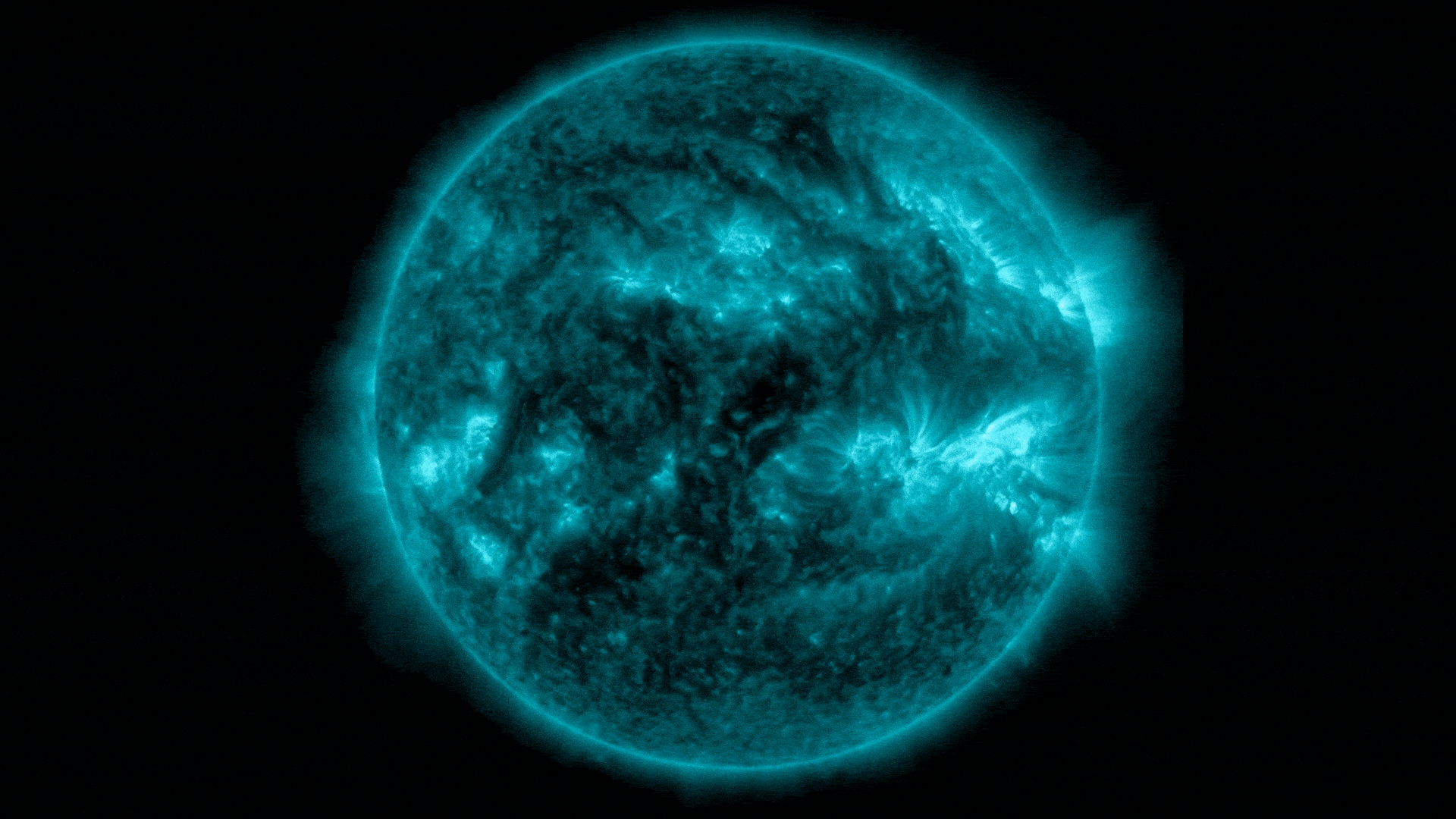The Solar Flare Spectacle
This morning, the sun showcased a remarkable display, unleashing not one, not two, but four solar flares in a breathtaking synchrony. Captured by NASA’s Solar Dynamics Observatory (SDO), these explosions are powerful emissions of electromagnetic radiation that erupt from the surface of the sun. These phenomena occur when magnetic energy accumulates in the solar atmosphere and is suddenly released.
The Quartet of Solar Eruptions
The quartet of solar eruptions originated from three sunspots and a magnetic filament, spread across vast distances and connected by nearly invisible magnetic loops in the sun’s outer atmosphere, known as the corona. Termed as “sympathetic solar flares,” these simultaneous explosions occur in pairs from different regions on the sun’s disk. Today’s event, however, surpassed the norm by unleashing four simultaneous explosions, thus earning the label of “super-sympathetic.” These phenomena are identified as sympathetic solar flares which are triggered by swift instabilities traveling along magnetic loops that interconnect various regions of the sun.
Potential Impact on Earth
It remains uncertain whether the ejected material from the super-sympathetic solar eruption will affect Earth, raising the possibility of an Earth-directed coronal mass ejection (CME). These colossal discharges of plasma and magnetic fields from the sun can disrupt power grids, telecommunication networks, satellites in orbit, and endanger astronauts with radiation exposure. On a positive note, CMEs can lead to stunning aurora displays visible at latitudes beyond their typical range in the polar regions.
Impending Geomagnetic Storm and Solar Cycle Speculations
Recent reports from Spaceweather.com indicate that multiple CMEs released by the sun in the last 24 hours might be directed towards Earth. If these solar events interact with Earth’s magnetic field, a minor G1 geomagnetic storm could ensue on April 25 and April 26. The frequency of such events suggests a nearing solar maximum, the zenith of solar activity within the sun’s 11-year solar cycle.
However, conflicting theories propose that we might have already crossed the solar maximum and are now transitioning into the decline phase of the solar cycle. A 2022 study published in Astrophysics and Space Science suggests that sympathetic solar flares are predominantly observed during this latter phase. Determining the exact timing of solar maximum presents a challenge, as scientists require seven months post-event to calculate its occurrence.
Image/Photo credit: source url





